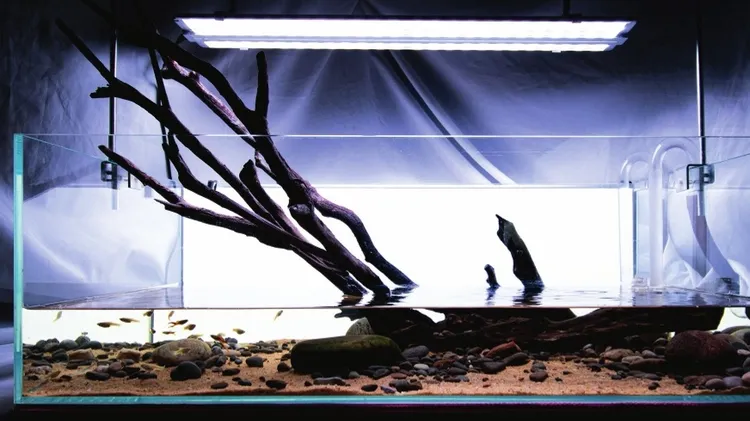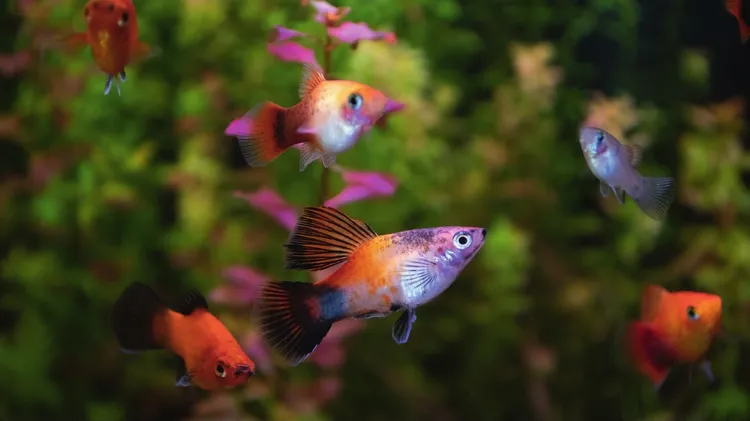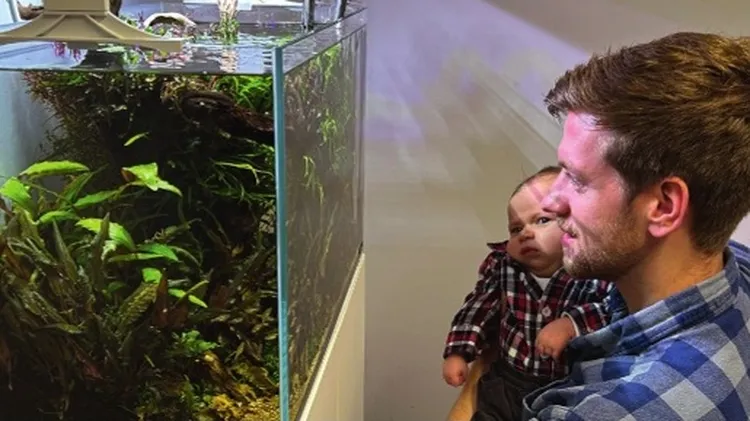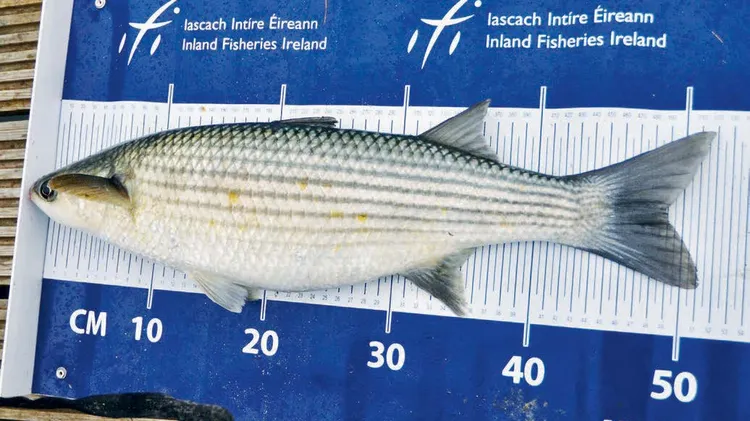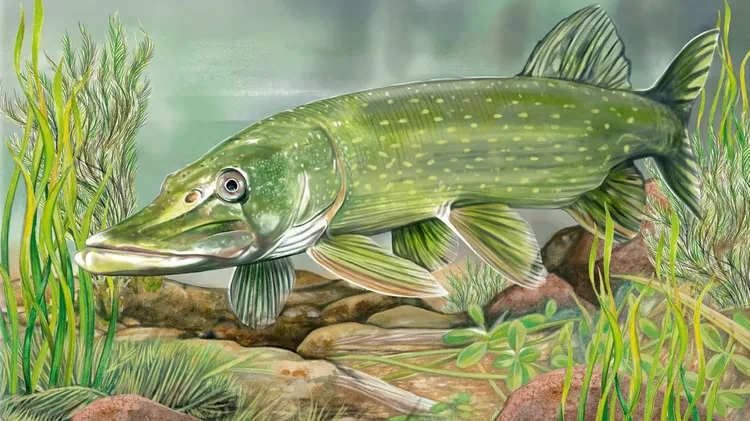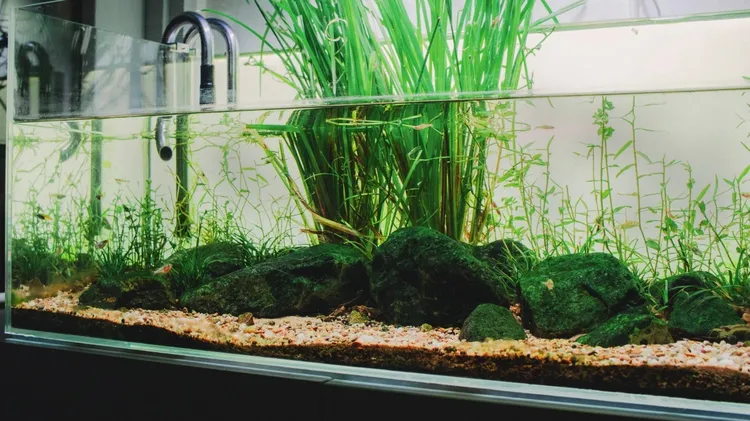With a big tank to fill, and a childhood memory to satiate, Elliott Ball of The Fish
Hump day
8 min read
This article is from...
Read this article and 8000+ more magazines and newspapers on Readly

